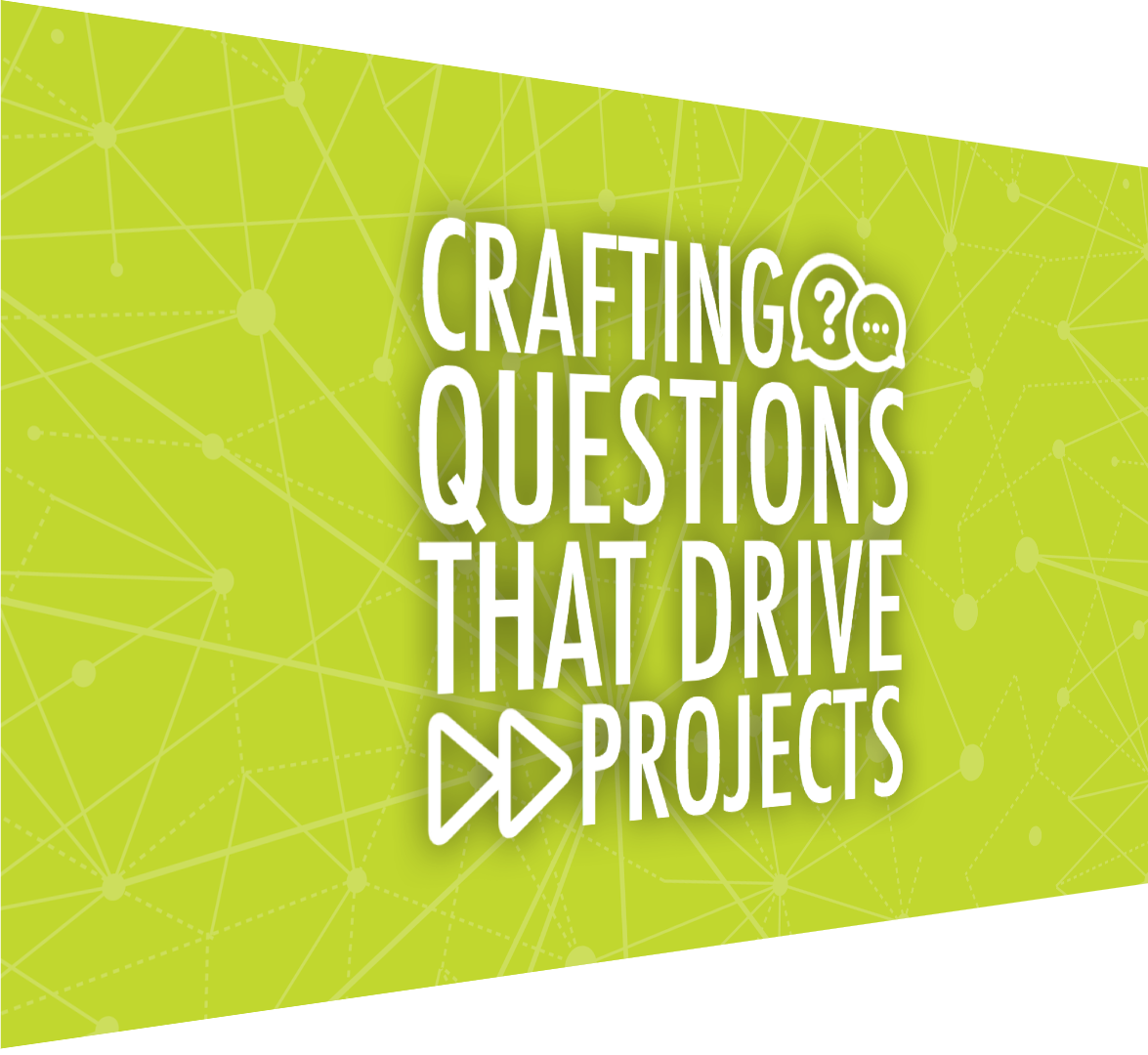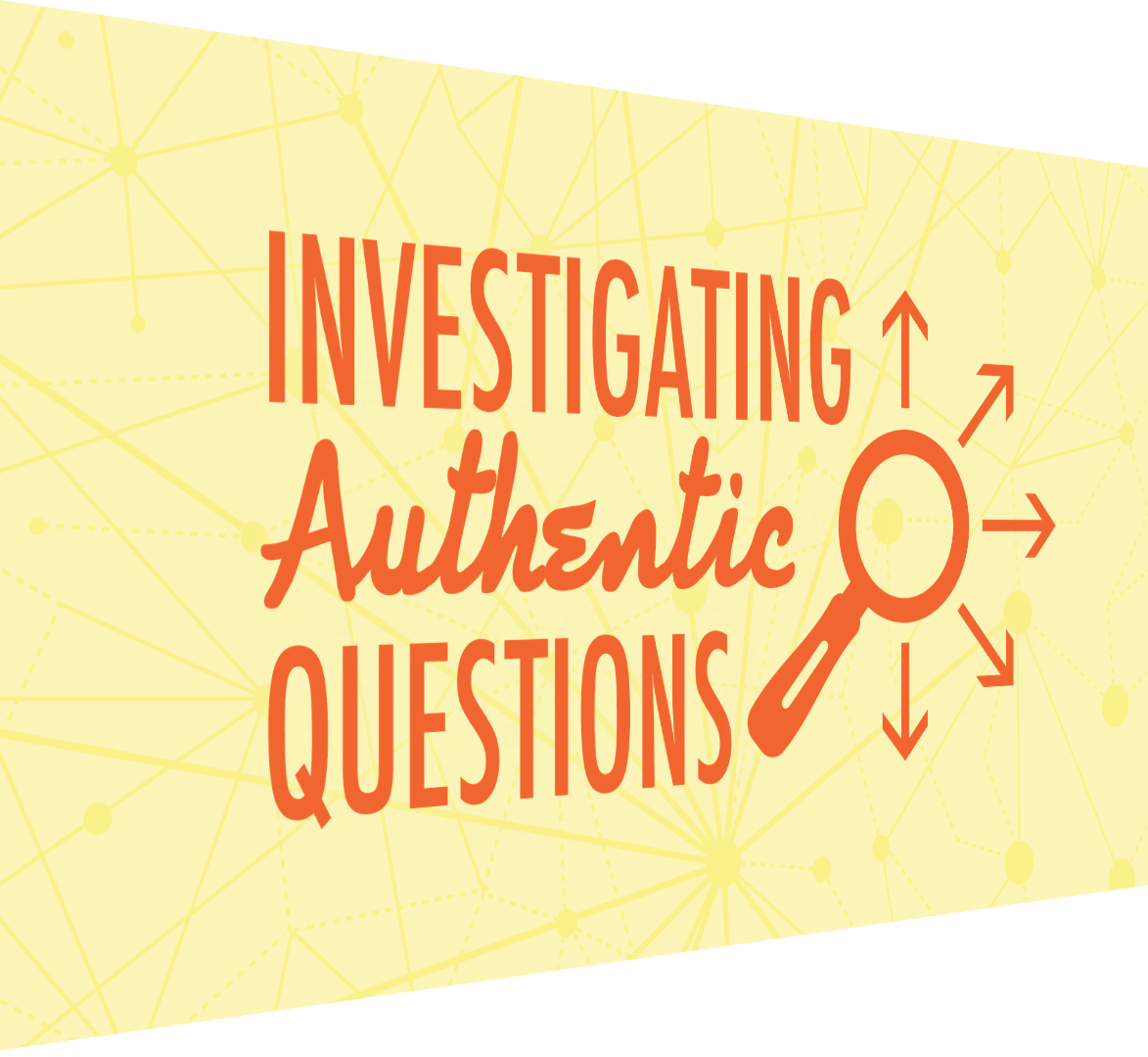Webinar with Turner USD 202 March 23, 2015
Agenda
- 7:30 am Introductions
- 7:36 am Types of Driving Questions
- 7:45 am Branching Questions
- 7:50 am Question Sharing
- 7:55 am Audience is Key
- 8:00 am Product Samples
- 8:10 am Cool Tools
- 8:40 am Refining & Assessing
- 8:45 am Getting the Word Out
- 8:50 am Reflecting on It
- 9:00 am Conclusion
Below are links we'll use during the webinar. This page will aways be available to you for reference.
Students are hungry for learning that matters. Project-based learning has students involved in explaining their answers to real-life questions or challenges. A project's driving question or challenge is so deep that it requires students to work together to create an end-product to share their conclusions with others. Instead of traditional projects that come at the end of a unit of study, project based learning has the project introduced at the beginning of the unit. The project gives students a reason for learning the content and a venue for practicing 21st Century skills.
Nowadays students have a variety of ways to show what they know and to express themselves. Let’s take a look at some of the hottest websites and apps for showing, explaining, and retelling. In fact, these tools can turn students into teachers and are great for sharing their answers to project-based driving questions. Tony Vincent shares examples and demonstrations of apps for making audio recordings, editing movies, creating comics, recording digital puppet shows, narrating drawings, crafting digital books, and more. You’ll also learn about ways to assess projects and the importance of reflection.
Copyright Friendly Images
Since student products will likely be published online, it's best for students to use images they already have permission to use. Public domain images can be used by anyone for anything, and they don't even need credit attributed to them. Creative Commons images usually require attribution and often cannot be used commercially.
- Open Clipart is a great place to download public domain clip art. Choose the PNG format.
- Pixabay is another great place to download public domain clip art. It also has photographic images.
- Photos for Class is searches Creative Commons images and stamps the citation into a black box at the bottom of the photo.
- The Noun Project has black and white icons and symbols. It imprints the copyright information at the bottom of the image. Choose the PNG format.
Three Free Apps Students Can Use for their Projects
The apps I get most excited about are ones that are open-ended. I like to make things, and I love it when an app empowers students (and teachers) to create digital productions. Shadow Puppet Edu, Adobe Voice, and TeleStory are three apps that facilitate creativity. They provide students with tools retell stories, explain concepts, or persuade an audience. Students can use these apps for different projects. In fact, it’s a great idea for students to use these apps more than once. Getting familiar with these tools and what they output can help students create better products each time. Read more.







